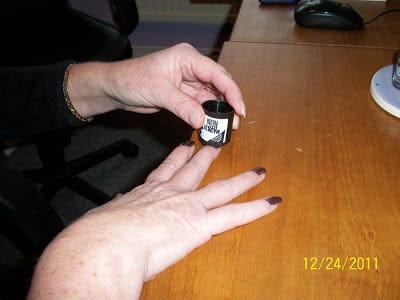I’ve been watching some You Tube videos and reading up on some stuff about the ‘technological singularity’. Vernor Vinge’s ideas about this relate more to an explosion in technological development brought about by artificial intelligence, but there are other definitions out there. I was watching one video in which someone tracked the doubling of technological development from two thousand years ago and posited that the first doubling came in about 1600 (I think) and that successive doublings have been getting closer together so we’ve now reached the point where it happens once a year. Following this exponential curve we can suppose that we’ll reach a point where we get doublings every hour.
Without artificial intelligence we’re getting a ramping up of technological development through the Internet. Scientist, technicians and engineers can now communicate instantly, all over the world, which is certainly accelerating things. Ideas can propagate worldwide as fast as someone can type. Admittedly this can also apply to silly ideas following the axiom that a lie can circle the world faster than the truth can get its boots on, but silly ideas can also be torn apart quickly because a lot of brains are at work – the stupidity of crowds is countered by the synergetic intelligence of the Internet (a kind of artificial intelligence, if you like).
 But putting all this aside I began pondering on how often now I keep getting those, ‘Hang on a minute’ moments. I love reading the kind of stuff that can be found on The Next Big Future, just as I enjoyed reading about them in science magazines a few decades ago. But my wish is to see these wonderful things actually reaching people and more and more now I’m seeing it happening. Yes, we have the Internet, all those mobile phones and all that instantly accessible data; all that computing power, music, graphics and games. But where’s my robot butler? Where are the physical as opposed to media/communication advances? Where is the hardware that does more than just shuffle about information and actually uses it in the physical world? Deep Blue might have beaten Kasparov at chess, but was incapable of moving its own pieces.
But putting all this aside I began pondering on how often now I keep getting those, ‘Hang on a minute’ moments. I love reading the kind of stuff that can be found on The Next Big Future, just as I enjoyed reading about them in science magazines a few decades ago. But my wish is to see these wonderful things actually reaching people and more and more now I’m seeing it happening. Yes, we have the Internet, all those mobile phones and all that instantly accessible data; all that computing power, music, graphics and games. But where’s my robot butler? Where are the physical as opposed to media/communication advances? Where is the hardware that does more than just shuffle about information and actually uses it in the physical world? Deep Blue might have beaten Kasparov at chess, but was incapable of moving its own pieces.
Some car adverts spring to mind. We have the cars that don’t need keys, use voice recognition, can recognize traffic signs and can park themselves. This is quite stunning for someone whose first car was a Vauxhall Viva loaded with filler and driven to the scrapyard after three months. This springs to mind. I used to run and program a big CNC milling machine, which was cool, but now it seems the technology is being developed to ‘print’ solid objects. How long, I wonder, before we’ll be able buy something similar to connect up to a home pc? Then there’s exponential increase in the speed DNA is being sequenced…
These are just a few of those developments, which I expect we’ll be seeing more of, where the virtual is becoming actual; where information technology is reaching out into the real world. I could spend days on the Internet finding more examples; where the computers are actually being given ‘hands’, but I won’t.
Can you think of some more?





